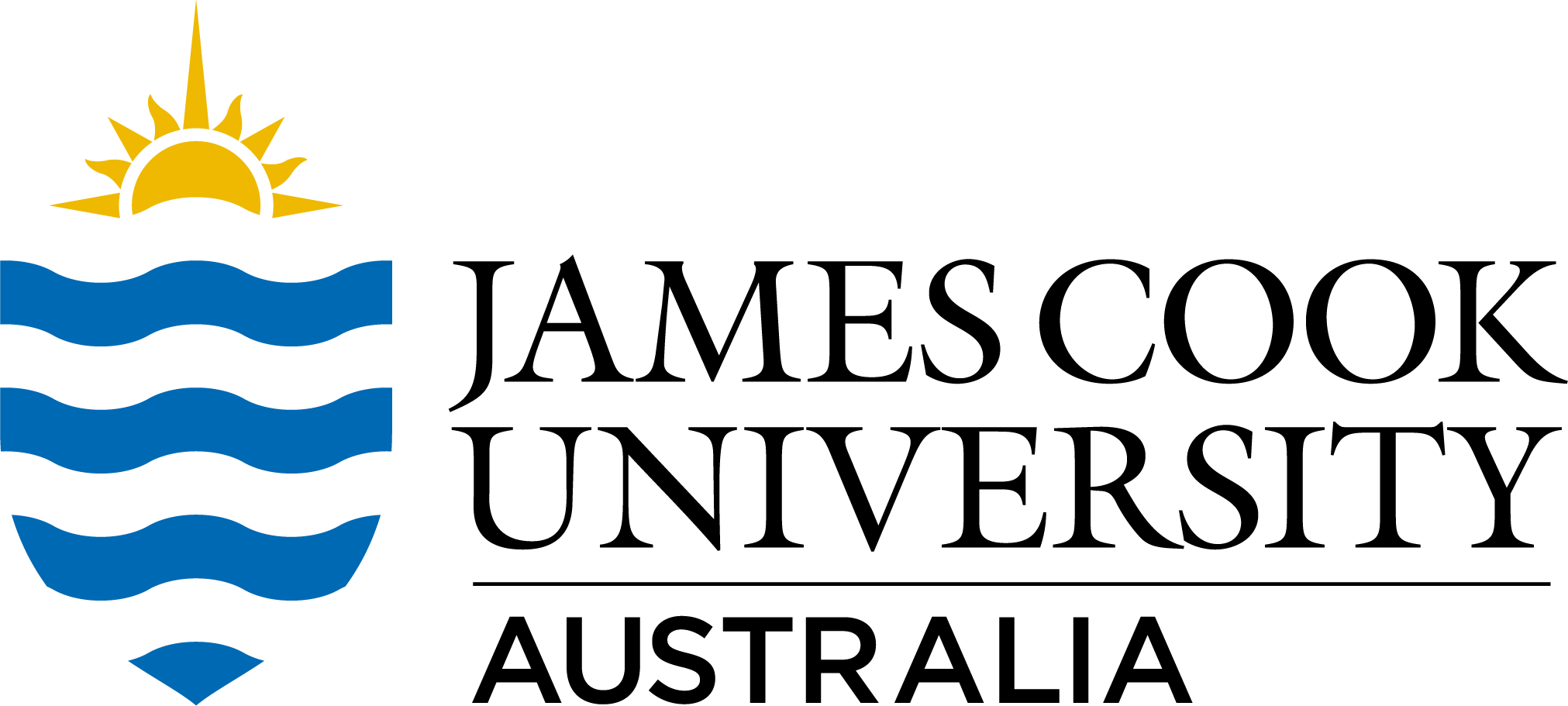Full description
Background: There is an urgent need for vector control tools to supplement long-lasting insecticidal nets (LLINs) and indoor residual spraying (IRS); particularly in the Solomon Islands where the primary vector, Anopheles farauti, is highly anthropophagic and feeds mainly outdoors and early in the evening. Currently, the only supplementary tool recommended by the World Health Organization is larval source management (LSM). The feasibility and potential effectiveness of LSM requires information on the distribution of anophelines, the productivity of larval habitats and the potential impacts of larval control on adult fitness.
Methods: The distribution of anophelines in Central and Western Provinces in the Solomon Islands was examined by cross-sectional larval habitat surveys. The composition and micro-distribution of larval instars within a large permanent river-mouth lagoon was examined with a longitudinal survey. Density-dependent regulation of An. farauti larvae was investigated by longitudinally following the development and survival of different densities of first instars in floating cages in a river-mouth lagoon.
Results: Five anopheline species were molecularly identified from a range of fresh and brackish water habitats: An. farauti s.s., An. hinesorum, An. lungae, An. nataliae and An. solomonis. The most common habitat used by the primary vector, An. farauti, was coastal lagoons and swamps. In the detailed study of lagoon micro-productivity, it was found that Anopheles farauti was non-uniformly distributed with highest densities found at collections sites most proximal and distal to the mouth of the lagoon. The survival of An. farauti larvae was more than two-fold lower when larvae were held at the highest experimental density (100 per cage) when compared with the lowest density (10 per cage).
Conclusions: The only documented major malaria vector collected in larval surveys in both Central and Western Provinces was An. farauti. While the most common and largest and (potentially) most productive larval sites of this malaria vector were “few, fixed and findable” and theoretically therefore amenable to successful LSM, the immense scale and complexity of the ecosystem in which An. farauti larvae are found raises questions regarding the ability to effectively control the larvae, especially as incomplete larviciding could trigger density dependent effects resulting in increased larval survivorship. While LSM has the potential to significantly contribute to malaria control of this early and outdoor biting vector, more information on the distribution of larvae within these extensive habitats and our ability to effectively target is required to maximize the effectiveness of LSM.
Notes
This dataset consists of a description of data archiving and data dictionaries in PDF format, a spreadsheet in MS Excel (.xlsx) and Open Document (.ods) formats, 2 CSV (comma separated values) files (.csv) and a zipped file of GIS data in .jpeg, .apl, .prj, .sbn, .sbx, .shp, .shx and .txt formats.
Created: 2016-02-04
Data time period: 28 02 2011 to 05 06 2013
text: Solomon Islands
User Contributed Tags
Login to tag this record with meaningful keywords to make it easier to discover
- DOI : 10.4225/28/56C6511C9B57D

- Local : researchdata.jcu.edu.au//published/0651374f69d1f26d6905a070cbe9ba85
- Local : d20b04e8aa0d84451f6a7e22816b123e


